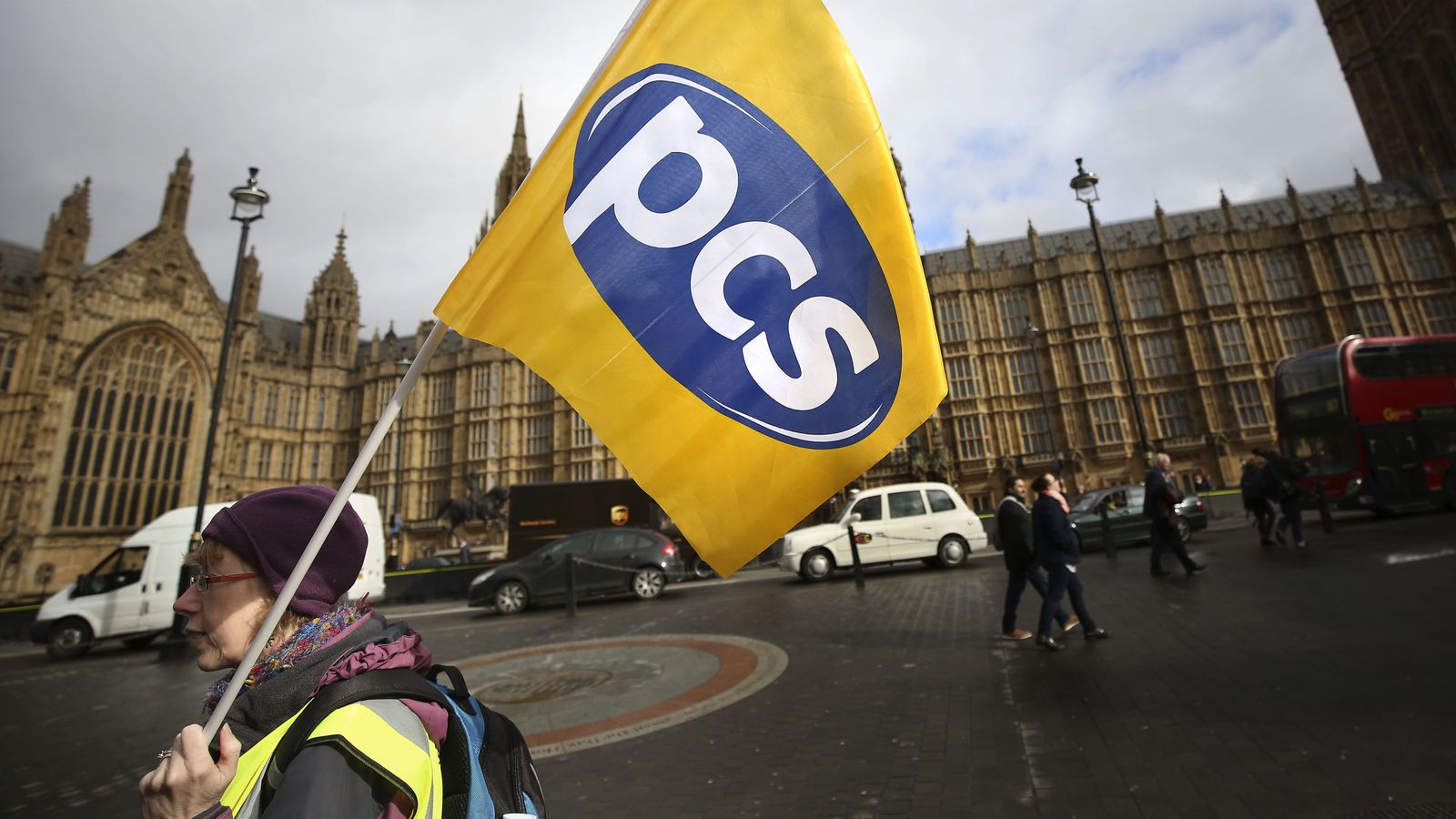Some schools affected by concrete safety fears not yet contacted – and minister unsure how many will shut

Not all schools impacted by concrete safety fears have been contacted and it is not clear how many will have to shut fully, a minister has admitted.
Schools minister Nick Gibb said in most cases “just a few buildings” or rooms within the affected schools will have to shut but “in some cases it will be the whole school”.
Asked whether all affected schools have been contacted, Mr Gibbs told Sky News: “The vast majority have, we’ve been calling them yesterday. But there is a few more that we’re calling today.”
However, asked for a number on the full closures, he said: “We don’t know yet.”
Minister ‘doesn’t know’ how many schools will have to close – politics latest
Labour’s shadow education secretary has called for the government to “come clean” and publish the full list of schools being forced to close after they were found to have concrete prone to collapse.
Mr Gibb said the government intended to do that “in due course” but he wanted parents to be informed by the school before they read about it in the media.
“We are talking to the schools and the schools are talking to the parents,” he said.
The type of concrete forcing the closures is Reinforced Autoclaved Aerated Concrete, known as RAAC.
Advertisement
The government announced yesterday that around 104 schools or “settings” are set to be disrupted – on top of 52 that have already been affected this year.
Mr Gibb said he was unsure how many of these would be fully closed.
“In most cases it will be just a few buildings or a few rooms, or just a cupboard. But in some cases it will be the whole school. And in those circumstances we will be finding alternative accommodation.”
He insisted in those extreme cases children will only be out of face to face education for a “short period of time” – saying in the cases of schools previously affected the average length of time they were not in the classroom was six days.
He also said more schools are likely to be closed as not all surveys have been completed.
Despite this, Mr Gibb insisted that students will be safe when they return next week and the government was taking an extra-cautious approach.
Reinforced Autoclaved Aerated Concrete – handily shortened to RAAC – is essentially a lightweight form of concrete.
It was used to build roofs, schools, colleges and other buildings from the 1950s until the mid-1990s, according to GOV.UK.
In comparison to traditional concrete, RAAC is weaker. It is made in factories using fine aggregate, with chemicals to create gas bubbles and heat.
Both the material properties and structural behaviour differs significantly from traditional reinforced concrete.
In 2019, the Standing Committee on Structural Safety highlighted the significant risk of failure of RAAC planks.
Three years later in 2022, the Office of Government Property sent a safety briefing notice to all property leaders, saying that “RAAC is now life-expired and liable to collapse”.
Chris Goodier, professor of construction engineering and materials at Loughborough University, said: “It is RAAC from the 1950s, 60s and 70s that is of main concern, especially if it has not been adequately maintained.
“RAAC examples have been found with bearings (supports) which aren’t big enough, and RAAC with the steel reinforcement in the wrong place, both of which can have structural implications.”
Is your child’s school one that has been forced to close over unsafe concrete fears?
Share your story with us on WhatsApp here.
By sending us your video footage, photographs or audio you agree we can publish, broadcast and edit the material.

